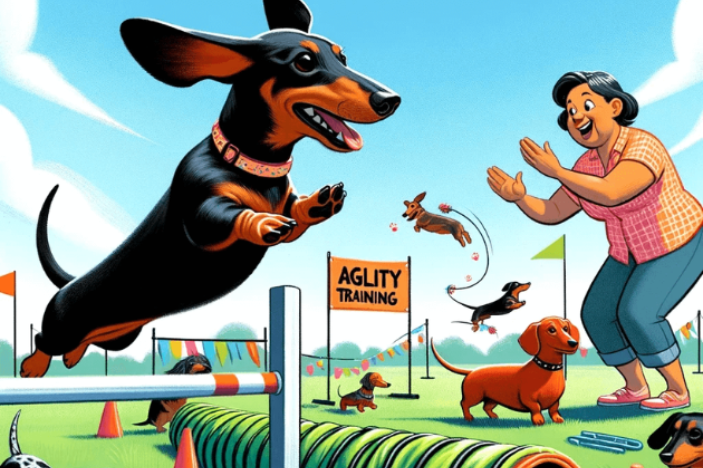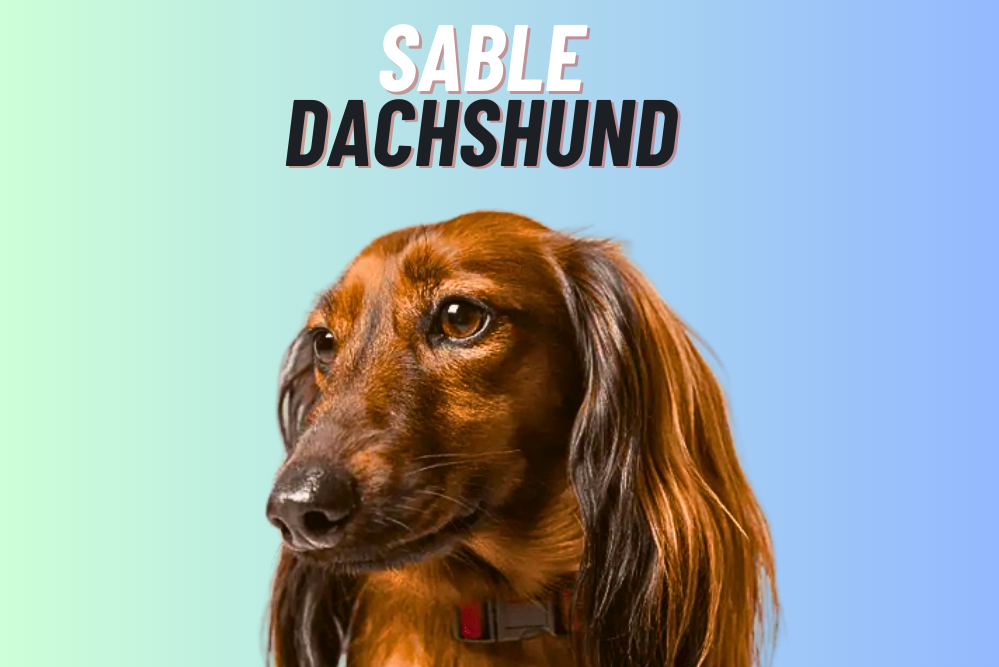Introduction
Dachshunds come in a variety of colors and patterns, with some being more common than others. The rarest dachshund colors are generally those that deviate from the traditional black and tan or red patterns. Here are some of the rarest dachshund colors:
- Isabella: This color is also known as lilac or fawn, and it’s a diluted chocolate color. It’s considered rare because it requires both parents to carry the recessive gene.
- Blue: A blue dachshund has a dilute black coat that appears to be a grayish-blue color.
- Cream: This is a very light-colored dachshund that almost appears to be white. It’s a recessive gene that is relatively rare.
- Chocolate and tan dapple: A dapple dachshund has a pattern of lighter spots over a darker base color, and a chocolate and tan dapple is quite rare.
- Black and cream: This is a two-toned color with a black base and cream-colored markings.
It’s important to note that some breeders may claim to have rare dachshund colors that are not recognized by the American Kennel Club (AKC) or other reputable breeding organizations.
Always do your research and only work with a reputable breeder to ensure you’re getting a healthy and properly bred dachshund
How do genetics work in dachshund colors?
The color and pattern of a dachshund’s coat are determined by genetics. Dachshunds have two sets of genes, one inherited from each parent, that determine their coat color and pattern.
There are two main genes that influence dachshund coat color: the B locus (black/brown) and the D locus (dilution).
The B locus determines whether a dachshund will have a black or brown coat. The dominant “B” allele results in a black coat, while the recessive “b” allele results in a brown coat.
The D locus determines whether a dachshund’s coat color will be diluted. The dominant “D” allele produces a normal coat color, while the recessive “d” allele results in a diluted color.
There are also other genes that determine specific coat patterns, such as dapple, brindle, and piebald. These patterns are determined by different combinations of genes.
To produce rare colors, both parents must carry the recessive genes for that color. For example, to produce an Isabella (lilac/fawn) dachshund, both parents must carry the recessive dilute gene “dd” and the recessive chocolate gene “bb.”
It’s important to note that breeding for specific coat colors or patterns should never take priority over breeding for the health and well-being of the dachshund. Reputable breeders should always prioritize the health and temperament of their dogs over the appearance
How to Find the Right Dachshund Colors for You?
When choosing a dachshund, the color and pattern of their coat can be a personal preference, but it’s important to prioritize other factors such as the dog’s temperament, health, and lifestyle compatibility. Here are some tips on how to find the right dachshund colors for you:
- Consider your lifestyle: Different coat colors and patterns may require different levels of grooming or may be more prone to certain health issues. For example, long-haired dachshunds may require more grooming than short-haired dachshunds.
- Research the breed: Learn about the different coat colors and patterns that dachshunds can have and the genetics behind them. This can help you understand what to expect from your dachshund’s coat and how to care for it.
- Work with a reputable breeder: A reputable breeder will prioritize the health and temperament of their dogs over appearance. They can also help you choose a dachshund with the right personality and energy level for your lifestyle.
- Consider adoption: There are many dachshunds in shelters and rescues that are in need of loving homes. They may not have the exact coat color or pattern you’re looking for, but they can still make wonderful companions.
- Keep an open mind: While it’s natural to have a preference for certain coat colors or patterns, it’s important to keep an open mind and prioritize the dog’s overall health and compatibility with your lifestyle. Remember that a dachshund’s personality and temperament are more important than its coat color.
Conclusion.
In conclusion, dachshunds come in a variety of colors and patterns, with some being more common than others.
The rarest dachshund colors are those that deviate from the traditional black and tan or red patterns, such as Isabella, blue, cream, chocolate and tan dapple, and black and cream.
These colors are considered rare because they require both parents to carry the recessive genes for that color, making them relatively uncommon.
However, when choosing a dachshund, it’s important to prioritize other factors such as the dog’s temperament, health, and lifestyle compatibility.
While the color and pattern of a dachshund’s coat can be a personal preference, it should not take priority over the dog’s overall well-being.
Working with a reputable breeder or adopting a dachshund from a shelter or rescue can help ensure that you find the right dachshund for you and give a loving home to a dog in need




